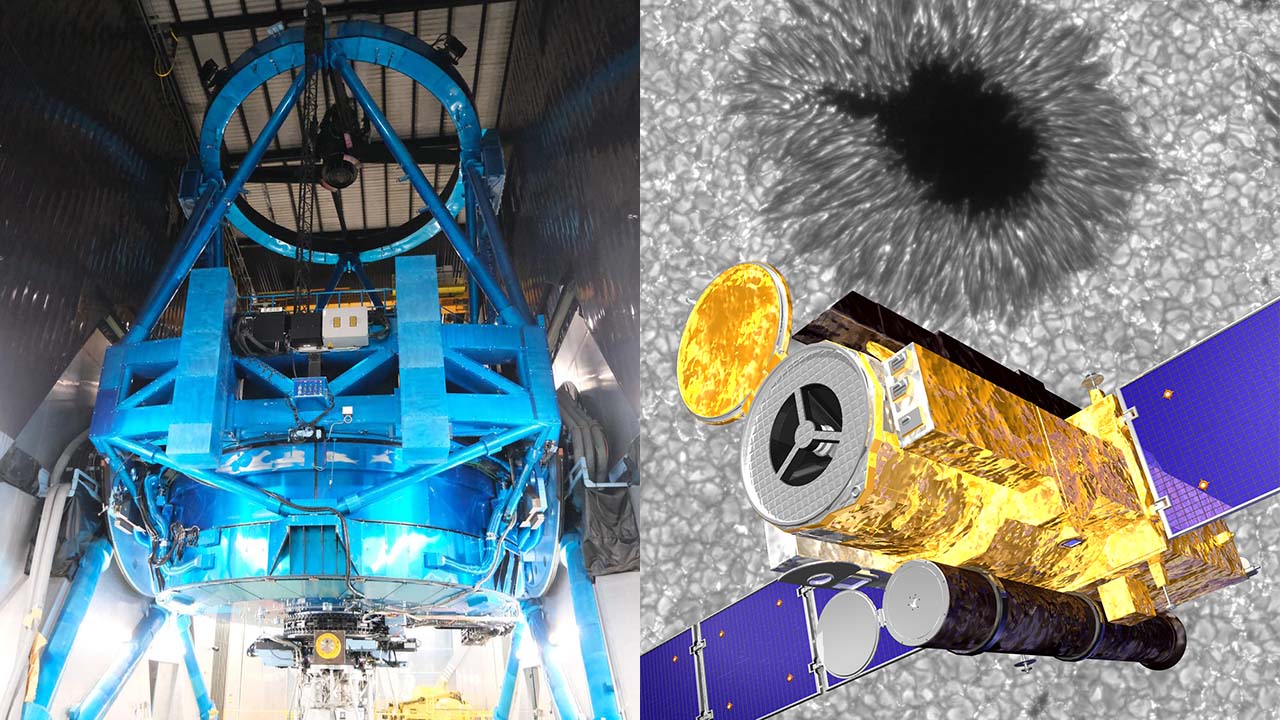Subaru Telescope and the 0.5-meter Solar Optical Telescope aboard “Hinode” have been registered as “Essential Historical Materials for Science and Technology”
| Topics

The Subaru Telescope and the 0.5-meter Solar Optical Telescope aboard the solar observing satellite “Hinode” operated by the National Astronomical Observatory of Japan have been registered as “Essential Historical Materials for Science and Technology” by the National Museum of Nature and Science in 2025.
The Subaru Telescope is a very large optical-infrared telescope located in the summit area of Maunakea on the island of Hawai‘i. Its primary mirror boasts an aperture of 8.2 meters, making it one of the largest monolithic mirrors in the world. At the end of the 20th century, when the Subaru Telescope was built, Japan, the United States, and Europe were heated rivalry to develop an 8-meter-class telescope. At the time, Japan had little experience building large telescopes of this scale, but by leveraging its radio telescope and satellite communications technologies, Japan succeeded in developing its own telescope. The Subaru Telescope was Japan’s first large-scale optical-infrared telescope established outside of Japan. Since its launch, the Subaru Telescope has repeatedly broken records for discovering the most distant galaxies, and has continued to produce astronomical results that astound people around the world.
The solar observing satellite “Hinode,” launched in 2006, is capable of observing the Sun in three wavelength bands: visible light, extreme ultraviolet, and soft X-rays. The newly registered telescope is the 0.5-meter Solar Optical Telescope aboard “Hinode,” which was developed using 9 of the 17 key technologies adopted in the Subaru Telescope. It used the first optical performance evaluation method in the world to simulate zero-gravity conditions, which has since been adopted in the development of other satellite-mounted optical instruments. Despite its small aperture, it achieved its theoretical best possible resolution of 0.2 arcseconds, producing results in observations of the Sun’s magnetic field structure and solar flares.
The National Museum of Nature and Science maintains a registry of “Essential Historical Materials for Science and Technology” that are “important specimens from the history of science and technology, items that clearly need to be preserved for future generations” and “have had a significant impact on people’s lifestyles, society, culture, and the economy.”